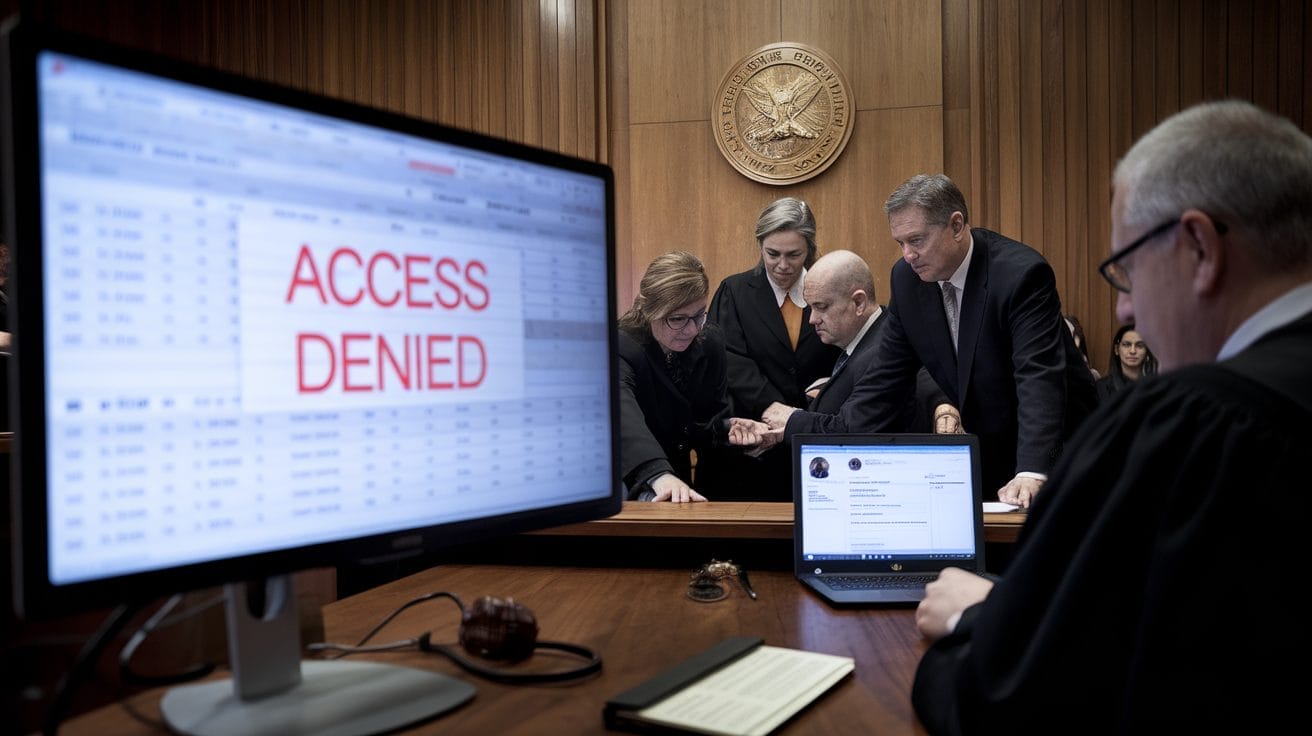Remote work has reshaped how companies manage sensitive information. As businesses expand their online operations, safeguarding trade secrets—valuable processes, ideas, or data that provide a competitive edge—becomes even more challenging. In this environment, legal measures and proactive strategies must work together to address new digital risks.
1. Understanding Trade Secrets and the Legal Framework
Trade secrets thrive on confidentiality, and their legal protection depends on three core elements: the information’s secrecy, the reasonable measures taken to protect it, and its economic value. Legal protections, such as those under the U.S. Defend Trade Secrets Act and various state laws, enforce these requirements.
A clear legal framework for trade secrets rests on:
- Secrecy of information: The data must not be public.
- Protective measures: Organizations must take reasonable steps to secure the data.
- Economic value: The information must provide a competitive benefit.
Legal terms central to this framework include misappropriation, confidentiality agreements, and invention assignments.

2. Developing Robust Remote Work Policies and Non-Disclosure Agreements (NDAs)
A comprehensive remote work strategy combines strong internal policies with well-drafted employee agreements. Clear guidelines help employees understand their roles in protecting confidential information even when working outside the office.
Remote Work Policies should outline:
- The definition of confidential information.
- Mandatory use of company-approved security measures (e.g., VPNs, encrypted networks).
- Restrictions on public Wi-Fi and personal device usage.
- Detailed steps for securely handling company data.
A sample excerpt might state:
“All remote employees must use a company-approved VPN for data access. Confidential documents must be stored solely on secure, encrypted drives, and sharing via personal email or cloud storage is prohibited.”
Non-Disclosure Agreements (NDAs) and Employee Agreements for remote settings must be tailored to digital realities. They should clearly define what constitutes confidential information, specify obligations related to data security (including digital storage and online communication), and outline the repercussions for any breaches. Regular reviews are essential to keep these agreements aligned with evolving laws and technologies.

3. Enhancing Digital Security and Cybersecurity Measures
Beyond legal agreements, technological defenses are crucial. As remote work expands the digital footprint of companies, robust cybersecurity frameworks help prevent unauthorized access and data breaches.
Effective cybersecurity measures include:
- Encrypted Remote Access: Protecting data transmission with advanced encryption protocols reduces interception risks.
- Mandated VPN Usage: Ensuring that only secure, vetted channels connect employees to company networks minimizes vulnerabilities.
- Secure Virtual Meetings: Utilizing encrypted platforms during online gatherings protects sensitive discussions.
- Regular Software Updates: Keeping security protocols current is essential to counter emerging threats.
These measures reduce the risk of cyber intrusions and help mitigate potential legal liabilities in the event of a breach.

4. Employee Training, Monitoring, and Compliance
A key part of any remote work strategy is ensuring employees understand their responsibilities through ongoing training and fair monitoring practices.
Organizations should:
- Offer interactive training sessions that cover best practices for trade secret protection, cybersecurity, and the legal implications of data mishandling.
- Balance monitoring methods with privacy rights. Transparent policies outlining digital surveillance—from periodic audits to exit interviews—help maintain trust while ensuring compliance.
- Update training programs regularly to reflect new legal precedents and technological advancements.
A balanced approach fosters a secure environment and builds a culture of accountability and awareness throughout the company.
5. Addressing International and Jurisdictional Challenges
When operating in multiple regions, companies face the added complexity of divergent legal standards regarding trade secret protection and employee privacy. Policies must be designed to comply with both local and international regulations, ensuring that measures remain enforceable wherever employees are located.
Key considerations include:
- Reviewing local legal frameworks to adapt remote work policies accordingly.
- Collaborating with legal experts to tailor NDAs and monitoring practices for international contexts.
- Addressing cross-border data access and misappropriation risks proactively.
This international perspective ensures that companies can safeguard their sensitive information no matter where their workforce is based.
6. Future Trends and Strategic Innovations
Looking ahead, both legal and technological innovations will continue to influence trade secret protection in remote settings. Developments on the horizon include:
- Artificial Intelligence (AI) for Threat Detection: AI and machine learning tools can provide early warnings of potential breaches.
- Digital Rights Management (DRM) Systems: Advanced DRM offers more granular control over who accesses and shares sensitive data.
- Harmonization of International Laws: As legal frameworks become more standardized globally, companies may see clearer guidelines for remote work compliance.
Staying ahead of these trends requires continuous evaluation of internal policies and the willingness to integrate new technologies into security protocols.

7. Conclusion and Call to Action
Securing trade secrets in a remote work environment demands a proactive, multifaceted approach. By integrating robust remote work policies, comprehensive NDAs, enhanced cybersecurity measures, and regular employee training, companies can build a resilient defense against data misappropriation.
Take Action Today:
- Review and update your remote work policies.
- Ensure that all NDAs and employee agreements address current digital realities.
- Invest in state-of-the-art cybersecurity technologies.
- Consult with legal experts specializing in intellectual property and international law.
Safeguard your company’s innovations and secure its competitive edge by implementing these strategic legal measures now.
Frequently Asked Questions
How can companies monitor remote work while respecting employee privacy?
Companies should implement transparent monitoring protocols that specify what data is tracked and why. This includes clear policies, regular audits, and employee communication to ensure that security measures do not infringe on privacy rights.
What additional measures can strengthen trade secret protection beyond legal agreements?
In addition to legal safeguards, employing robust cybersecurity protocols—such as multi-factor authentication, regular software updates, and AI-driven threat detection—provides a crucial secondary layer of protection.
How should NDAs be updated to address the nuances of remote work?
Modern NDAs must include provisions for digital storage, online communications, and personal device usage, as well as explicit definitions of confidential information and clear penalties for breaches occurring in remote settings.
How can companies enhance employee training for remote trade secret protection?
Companies should invest in interactive, scenario-based training sessions emphasizing real-world implications and legal consequences of data breaches. Regular updates and drills help reinforce these lessons.
What steps can be taken when a trade secret breach is suspected in a remote environment?
Immediate measures include launching an internal investigation, securing all digital access points, and consulting legal counsel to evaluate potential liabilities while mitigating further risks.
How do international jurisdictions affect remote work policies and trade secret protections?
Companies must align their policies with local frameworks across regions. This often requires adjustments to NDAs and compliance strategies and collaboration with legal experts to navigate cross-border legal intricacies.
Can emerging technologies reduce the risk of trade secret misappropriation?
Technologies such as advanced encryption, DRM systems, and AI-based threat monitoring significantly lower the risk of data breaches, acting in concert with legal measures to protect sensitive information.
What proactive strategies can companies adopt to stay ahead of evolving remote work risks?
An effective strategy includes regular policy reviews, investment in emerging security technologies, staying informed about legal reforms, and adapting training programs to address the latest cybersecurity threats.












